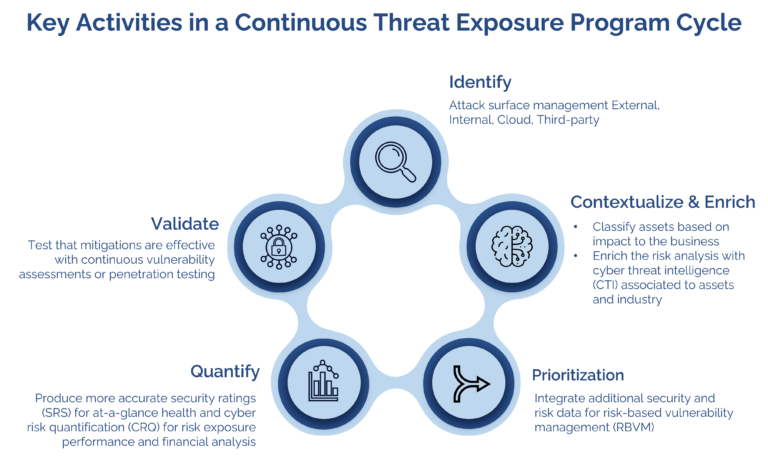
Continuous Threat Exposure Management – The 6 Aspects You’ll Need to Address Continuous Threat Exposure Management (CTEM) is an…
"This is an excellent starting point for any organization that wants to get serious about their cyber risk management. The system has the capability to grow as you become more sophisticated in your use"
IT Director
Services Industry
In today’s digital landscape, the importance of robust cybersecurity measures cannot be overstated. With the rising tide of cyber threats, security ratings have emerged as a metric to gauge the cybersecurity posture of organizations. These ratings, provided by security rating services, help security and IT teams, stakeholders, insurance providers and partners make risk-informed decisions based on an organization’s cyber security rating. This article delves into the nuances of security ratings, shedding light on what the highest security rating is, its significance, and how it can be achieved.
Security ratings provide a quantifiable measure of an organization’s cybersecurity posture and program performance. They are essential tools for assessing, monitoring, and mitigating cyber risks. The highest security rating, often coveted by organizations, signifies a superior level of cyber hygiene and a robust defense mechanism against potential cyber threats. The rating is ascertained by security rating services through a meticulous analysis of various cybersecurity metrics.
The type of rating—whether alpha or numeric—plays a pivotal role in determining the highest security rating. Alpha ratings are usually rendered in letter grades such as A, B, C, etc., with A or A+ representing the highest rating. Numeric ratings, on the other hand, are given in numerical values, often on a scale. The highest numeric rating varies based on the scale employed, but it’s typically the highest number on that scale. We put together some examples to improve your security rating to help you attain one of the highest security ratings.
Highest security rating on an alphabetic scale: A.
Highest security rating on a numeric scale (depends on the providers scale range: 900, 100, 10 or 1000.
The rating methodology employed by security rating services is a critical determinant of the highest security rating. The methodology encompasses a broad spectrum of cybersecurity domains including, but not limited to:
Furthermore, the methodology might scrutinize the organization’s adherence to industry standards and regulatory compliance, its data encryption practices, and its user and access management protocols. A higher rating is usually indicative of an organization’s diligence in maintaining a strong cybersecurity posture across these domains.
Additional Resources
Cybersecurity rating scale explained
What are security ratings used for?
How are security ratings created?
What is a good cybersecurity rating?
How do you improve your security rating?
Is it easy to switch security ratings providers?
Why is my security rating wrong?
What Kind of Company is BitSight?
Select What are the 5 C’s of Cybersecurity?
What is the difference between SecurityScorecard and BitSight?
The Evolution of Cybersecurity Ratings and How They Can Boost Risk Visibility

A good cybersecurity rating is typically an indicator of a robust cybersecurity posture. The ratings are provided by security rating services companies and are based on an analysis of external cybersecurity practices; some cybersecurity rating companies can include additional sources such as internal network assessments and business context for a more complete representation of cyber risk in the security rating. A good rating can significantly enhance the trust and confidence stakeholders have in an organization’s ability to protect its data and infrastructure.
Generally, the cybersecurity rating companies will provide a security rating scale that illustrates what score is equivalent to low risk or high risk. FortifyData’s security ratings scale ranges from 350 – 900, like a credit score, and considers anything above a 675 to be a “good cybersecurity rating” and representing low cyber risk.
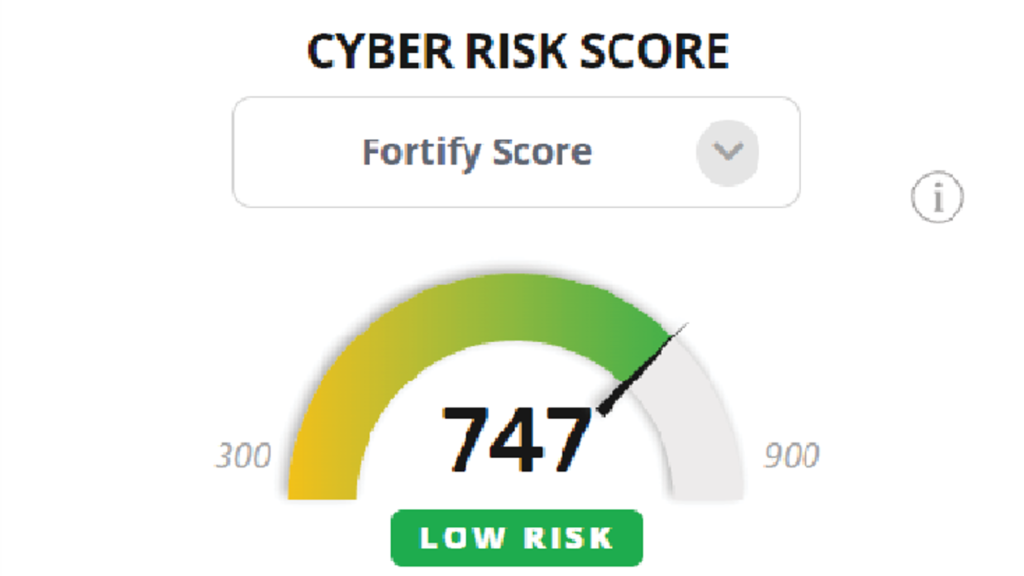
BitSight is one of the leading platforms offering security ratings. The highest BitSight score symbolizes exemplary cybersecurity practices. The score ranges typically from 250 to 900, with higher scores indicating better cybersecurity performance. What is the highest BitSight score for cybersecurity? It’s a score of 900. Obtaining such a score is a testament to an organization’s cyber maturity and a strong indicator of its readiness to thwart cyber threats. Like other security rating services, BitSight evaluates multiple factors to determine an organization’s score.
Security level rating is another term used to describe the assessment of an organization’s cybersecurity posture. Some of the best security rating services provide these ratings based on a comprehensive analysis of an organization’s cyber hygiene. The evaluation encompasses various aspects including network security, data encryption, vulnerability management, and compliance with industry standards. Attaining a high security level rating is a hallmark of cyber excellence and a significant step towards fostering a culture of cyber resilience within an organization.
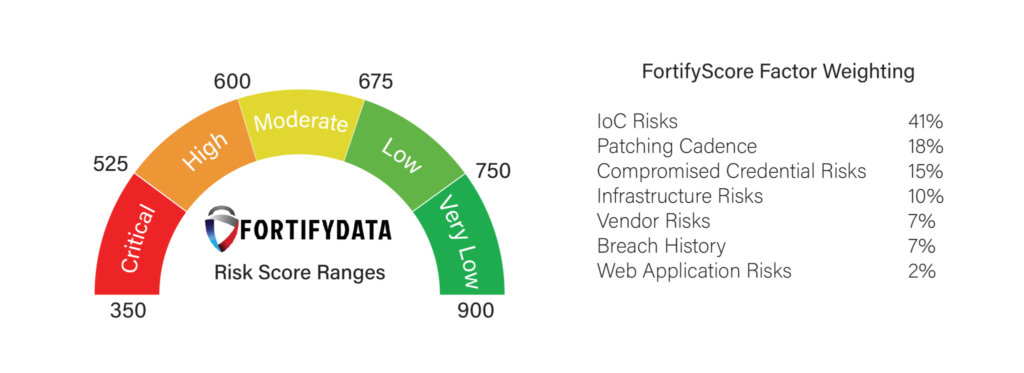
Understanding and striving for the highest security ratings is a prudent step for organizations keen on bolstering their cybersecurity stance. With a high rating, companies not only exhibit a strong commitment to cybersecurity but also instill confidence in their stakeholders.
As part of your journey towards achieving the highest security rating, engaging with reputable security rating services is imperative. Get your organization’s free cybersecurity rating to see if you have achieved one of the highest security ratings and take the next step towards enhancing your organization’s cyber resilience.

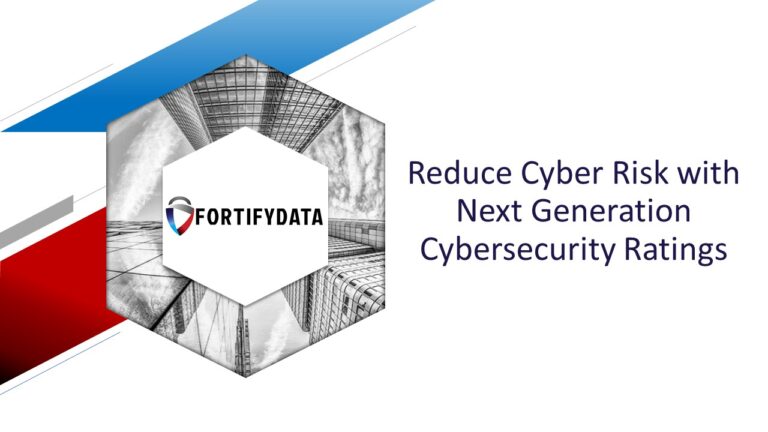
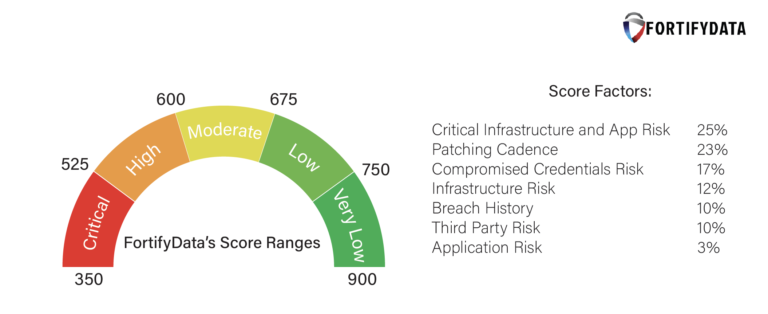
| Cookie | Duration | Description |
|---|---|---|
| cookielawinfo-checkbox-analytics | 11 months | This cookie is set by GDPR Cookie Consent plugin. The cookie is used to store the user consent for the cookies in the category "Analytics". |
| cookielawinfo-checkbox-functional | 11 months | The cookie is set by GDPR cookie consent to record the user consent for the cookies in the category "Functional". |
| cookielawinfo-checkbox-necessary | 11 months | This cookie is set by GDPR Cookie Consent plugin. The cookies is used to store the user consent for the cookies in the category "Necessary". |
| cookielawinfo-checkbox-others | 11 months | This cookie is set by GDPR Cookie Consent plugin. The cookie is used to store the user consent for the cookies in the category "Other. |
| cookielawinfo-checkbox-performance | 11 months | This cookie is set by GDPR Cookie Consent plugin. The cookie is used to store the user consent for the cookies in the category "Performance". |
| viewed_cookie_policy | 11 months | The cookie is set by the GDPR Cookie Consent plugin and is used to store whether or not user has consented to the use of cookies. It does not store any personal data. |